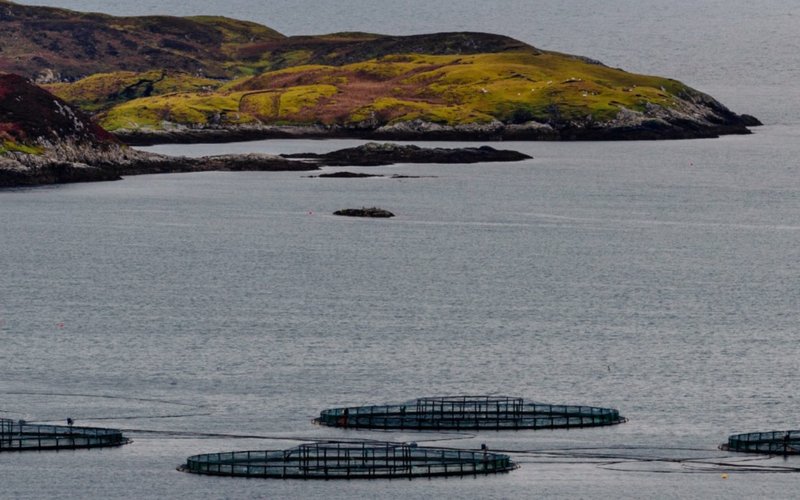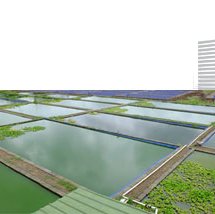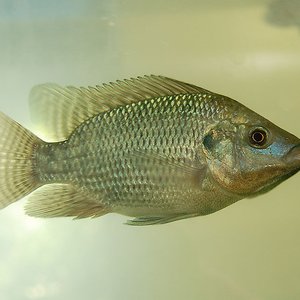A study involving the University of Stirling has explored the progress of the aquaculture industry over the last 20 years, highlighting an important move towards sustainable growth and pointing to even more opportunities for development.
Study lead author, Rosamond Naylor, the William Wrigley Professor of Earth System Science in Stanford’s School of Earth, Energy and Environmental Sciences, led a study twenty years ago that sparked controversy by saying farmed fish and shellfish in some cases added pressure to ocean fisheries – instead of relieving it – because carnivorous farm-raised species required large amounts of wild fish for feed. The paper, also published in Nature, prompted news stories and academic research questioning whether aquaculture was more of an environmental problem than a solution.
Since then, the volume of global aquaculture production has tripled. In the new paper, aquaculture specialists and scientists from Asia, Europe, South America and the United States assessed the state of the industry by synthesizing hundreds of studies conducted over the past two decades on issues ranging from value chain developments in freshwater aquaculture to the use of wild fish in feeds to seaweed market challenges.
Their analysis considered key challenges and uncertainties, such as climate change’s impact on the industry, low-income producers’ adoption of sustainable seafood certification programs and shellfish and seaweed farmers’ ability to profit from providing ecosystem services, such as carbon capture.
Among the findings, freshwater aquaculture - comprising nearly 150 species of fish, shellfish and plants - accounts for 75% of farmed aquatic food consumed directly by humans. Professor David Little of the University of Stirling’s Institute for Aquaculture, said that “most aquaculture is about fish people can afford to eat – and most of the farming of aquatic animals happening in Asian countries stays in those countries. It’s having an important impact on food security and rural livelihoods.”
Other regions, including Africa, are increasingly benefitting from the introduction of freshwater aquaculture. But while small freshwater farms are on the rise around the world, there is little oversight of their practices.
The researchers also found that the production of high-value shrimp, salmon and other marine fish rose rapidly, contributing to a significant rise in the share of global fishmeal and fish oil used by aquaculture. Yet, the ratio of wild fish input per fed fish output has dropped almost seven-fold since 1997. “We have been successful in converting carnivorous fish, such as salmon and trout, largely into vegetarians,” said study co-author Ronald Hardy of the Aquaculture Research Institute at the University of Idaho.
In the study, the researchers call for better management of antimicrobial use in fish farming to limit the development of drug-resistant microbes that threaten both fish and human health, and regulation of marine farm sites. They also recommended incentives for sustainably designed systems to prevent cross-contamination between fish waste and surrounding waters, and a food systems approach to governance that considers nutrition, equity, justice and environmental outcomes and trade-offs across land and sea.
Read the study here.









